Being immersed in the fitness industry provides me with a ton of different opportunities to experience different techniques, methodologies, and products. I recently had the privilege of a...


Being immersed in the fitness industry provides me with a ton of different opportunities to experience different techniques, methodologies, and products. I recently had the privilege of a...
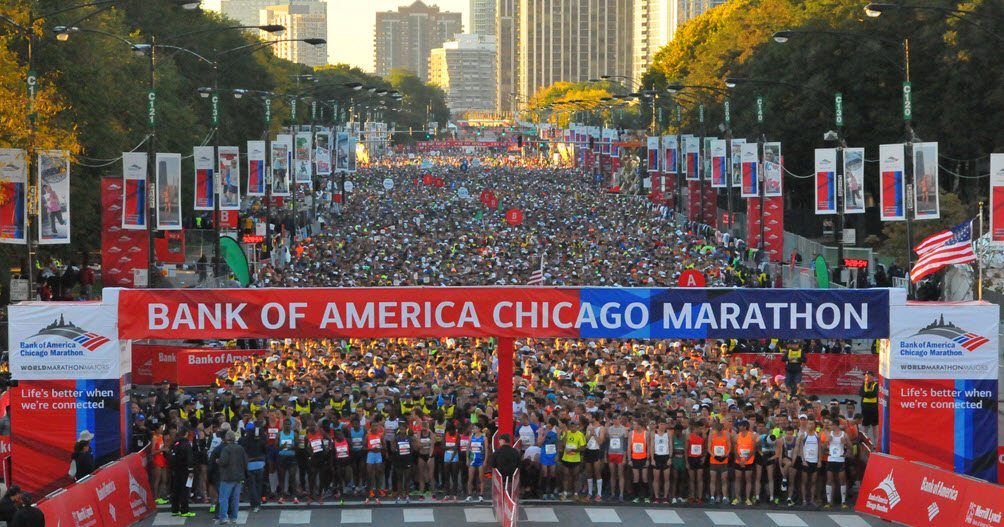
Leading up to the Chicago Marathon 2016 The Chicago Marathon provides an excellent course, plenty of support and, for me, a chance to visit home for a few days. It was no different for me this...

September 25 was going to be my day. The Ironman Augusta 70.3 triathlon was finally here. The race I had been training so hard for on one of my favorite courses. It was four-and-a-half months...
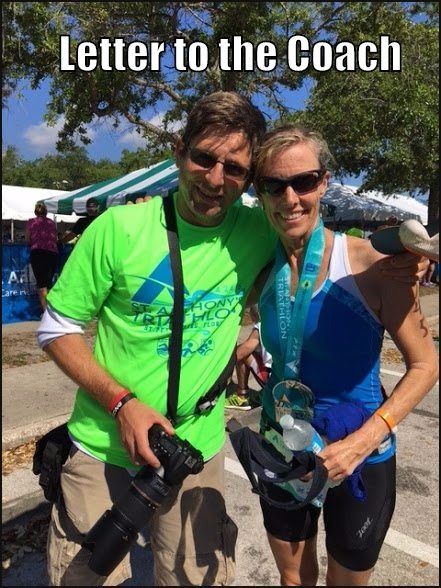
I have been an endurance coach for some time now. Once in a while, I receive an email from a client which chokes me up with pride. Today, I received one of those letters, so instead of sharing it...
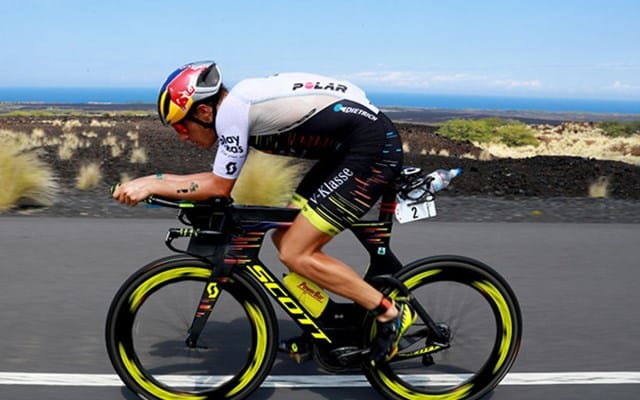
I found when looking for ways to get faster on the bike, is that there is so much information, from different coaches and experts, that it can be confusing and overwhelming. Personally, I...
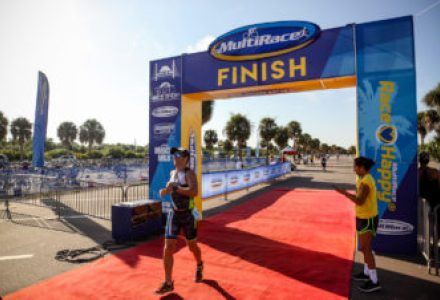
The previous post was a review of the FD3 Triathlon Series as if it was a product. Below you will find a more detailed account of my personal experiences during the race. Let me know in the...
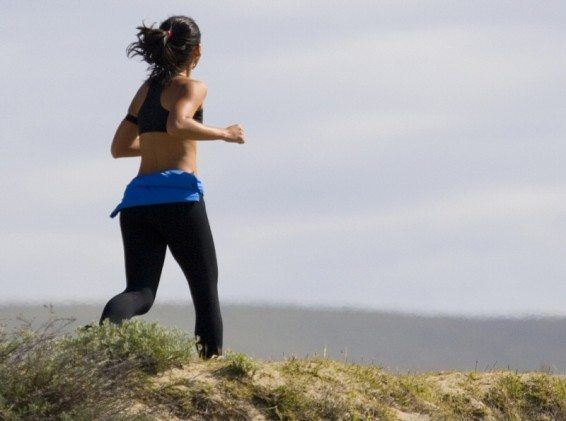
I can hear it now….”Know wonder they call you a Goof…you are crazy.”, “So, if I run slower I will get faster? You are out of your mind.” It was not to long ago I used to think the same thing, but as with everything I post, there are reasons and science to back it up.
Let’s face it, logic would dictate that pushing the pace of your easy days, as close to race pace as possible, would help you get fit faster and help you speed up, right? A lot of coaches, including myself, will tell you to run slow on your easy days, and easy days should be making up anywhere from 50-75% of your weekly mileage.
I have clients continuously asking me, “why are my easy days so slow?” The latest is my famous sit downs with my runners telling them to slow down after examining their data and finding them running tempo speeds during an easy day.
The answer to the question is what Arthur Lydiard and most other coaches would call the aerobic system. The aerobic system, or aerobic development, is the one of the most important fundamentals into unlocking your true potential.
Let us first check the stats on the energy contribution the aerobic system provides for races. As you can in the chart below, even the shorter events like the mile, over 80% of the energy required to run the race is produced via the aerobic system.
Aerobic training is the scientific fact that to move your body at higher intensities, the body needs to break down sugar and convert it to glycogen so it can be used as energy.
The aerobic system plus oxygen starts a chemical reaction known as Aerobic Glycolysis which continuously powers continuous endurance activities. In the aerobic system energy ATP is produced through Pyruvic Acid and Lipid/Protein fragments entering the Kreb Cycle and the Electron Transport Cycle.
Uh…what?
During aerobic respiration (yeah, that’s breathing) the body uses all the oxygen it needs to power the muscles. When you are running in your “aerobic zones” (easy runs), your muscles have enough oxygen to produce all the energy they need to perform.
See? Improving your capacity to transport and efficiently use all the available oxygen to produce energy will enable you to race faster since this makes up 85-99% of the energy needed to race.
Since running easy is aerobic development, what better way is there to train the aerobic system? There is none.
Capillary development – capillaries are the smallest of the body’s blood vessels and they help deliver oxygen and nutrients to the muscle tissues while exporting waste products out. The larger the number of capillaries you have surrounding each muscle fiber, the faster you can transport oxygen and carbohydrates to your muscles.
Aerobic training (easy running) increases the number of capillaries per muscle fiber, thus improving how efficiently you can deliver oxygen and fuel to your working muscles and how quickly they can clear waste products.
Myoglobin is a protein in the muscles that binds the oxygen that enters the muscle fiber. When oxygen becomes limited during intense exercise, myoglobin releases oxygen to the mitochondria to produce more energy.
The more myoglobin you have in the fibers of your muscles, the more oxygen is transported under aerobic stress. Like, uh, during a race. Aerobic training increases the amount of myoglobin you have in your muscle fibers.
Mitochondria are microscopic organelle found in your muscles cells that contribute to the production of ATP (energy). In the presence of oxygen, mitochondria breakdown carbohydrate, fat, and protein into usable energy.
Therefore, the more mitochondria you have, and the greater their density, the more energy you can generate during exercise, which will enable you to run faster and longer.
Aerobic training increases both the number and the size of the mitochondria in your muscle fibers.
Suffice it to say that aerobic development is the single most important factor to long-term development.
Of course, track workouts, VO2 max sessions, tempo runs and cross training will increase your fitness and are still incredibly important to racing faster. However, nothing will help improve continuously like developing the aerobic system.
Aerobic development is dependent upon running in your aerobic zones (for my runners Zones 1-3). This is why running faster on your easy days develop the aerobic system. Once you step out of those aerobic zones, on easy runs you diminish development of your aerobic system, but you also increase the chance for injury. Nope, two negatives do not make a positive in running.
This is one of the single biggest mistakes runners of all experiences make in their training.
As a coach and trainer I have always distinguished myself because I am always able to give my clients and readers the “why”. (Sometimes my clients end up telling me to just shut my mouth. when I am training with them because I am continuously telling them why they are doing each movement of an exercise or workout. I guess it may not be an advantage all the time. Go figure.)
Scientific research has been able to identify how the aerobic system adapts and responds to certain training paces. Physiologically we know:
It is pretty clear now right? Your optimal easy run pace for aerobic development is between 55 and 75 percent of your 5k pace, with the average pace being about 65 percent.
It’s also evident that running faster than 75% of your 5k pace on your long run has very little additional physiological benefit.
In fact, the research indicates that it would be just as advantageous to run slower as it would be to run faster. Running around half of your 5k pace is pretty easy right? Wouldn’t you know it, the evidence is clear that it still provides near optimal aerobic development.
Feel free to let me hear your feedback. I welcome any other case studies, personal experiences and other research as I am always learning. I provide you with the best content I can, but I have an open-mind and know that there may be other research out there that may negate information I post.
~IronGoof
The political season is over! Finally, the earful of negative spouting and cursing from each candidate is finished and our communities can get back to the business of living and of course, working out.
I have an affinity for doing my best thinking in the shower. I know, kind of weird right. It must be because there is nothing in there except the overwhelming peace of the hot water being sprayed all over….uh…..well, you know what I mean. (At least I hope.) Anyway, I was trying to figure out how can I possibly complete all of my workouts for Ironman without it obsessively impacting my life as it did last year. I am still having an issue with it, but I think I figured it out to a point. I know I have three workouts in each event, plus 3 strength workouts, and hopefully 1 yoga class per week. Here is what I have so far:
 Monday – Interval Swim, Strength
Monday – Interval Swim, Strength
Tuesday – Tempo Swim, Interval Bike (2-a-day)
Wednesday – Interval Run, Strength
Thursday – Tempo Run, Tempo Bike (2-a-day)
Friday – Long Swim (as recovery)
Saturday – Long Bike ( Subst. Bricks), Yoga
Sunday – Long Run, Strength (Subst. Swim Bricks)
As you can see if I can pull this off then I only have two nights a week where I have 2-a-days and they are bike workouts and can be completed in front of the TV using commercials for intervals. Saturday will still be long workouts, but Sundays should be done by late morning. It works out within my groups as well, since Wednesday morning is track with Coach Dror, my interval workout, Thursday, I have been running with Jackie and crew since they do their easy runs which is tempo for me, and the weekends will continue to be long bike workouts and bricks with the A-Train. I am also contemplating swim workouts on Monday and Tuesday possibly being at the University of Tampa and their masters program which may provide some instruction, but mainly accountability.
I really do not have to start all of this until January if I decide to do Ironman Louisville, or March if I decide to compete only in Ironman Florida, but it has been rattling around inside my brain because I really want to perform much better this time. I am planning on pushing my body to its limits at IMFL and to find out what I really can do, and that is going to take planning, commitment, desire, passion, but most of intelligence. It is going to take smarts to know when and how to recover which is not something I have been all to familiar with.
I am not sure whom is all reading my blog but for those of you whom are not followers of Sneakers & Fingerpaints, or Crazy Running Girl, there is a virtual run campaign for the victims of Hurricane Sandy. I donated my 7.5 mile PR this morning, and I hope you will help as well.
The American Red Cross is still taking donations to help the Hurricane Sandy victims from this past weekend. Also, now not only are they recovering from that storm and rebuilding, but they are awaiting a snow storm on their door step. To Donate, click here. Any amount, big or small, can make a big difference!
With a minimum donation of $10, you can go to the link above to register to run in the month of November – there are also prizes to be won as well & all proceeds would go to the American Red Cross too! Nothing like a great, virtual run, for a great cause!
There are always interesting thoughts floating around in my head. Of course there is a lot of room to “float” because there is nothing else taking up any room.
After obtaining my current running fitness, I prided myself on the fact I could run on “autopilot”, where I could lean a little forward, my legs would move but in my head I could be just about anywhere I needed to be. My first choice for solving problems and thinking about the problems of work or life, used to be the shower. I don’t know what it was, probably the blank walls, but with the water hitting me I could float away and tackle some of the most interesting problems. I usually would bound out of the shower singing or yelling; “I figured it out”, whatever it was. Now my favorite time to think about my own issues, work problems, politics, etcetera is on a really long run. I run for miles, and sometimes even more miles than planned just zoned out, and I come back refreshed and ready to take on the world. I love it.
Now biking is a little different. Most rides at this point I am either doing intervals, or on group rides so I have to think about cadence, speed and the wheel in front of me, but on rides that are just me where I am also not thinking about traffic, I can sometimes get into my zone.
Swimming? No way. I want to, I really do. It’s just water, right? There are no obstacles in my way, the pool is shallow and the only real maneuver I have to do is hit the wall and turn around. so why can’t I just do my laps and let my mind go. I am hoping it’s just right now, as I am trying to get that level of fitness from swimming that I have from running. Swimming is newer to me, and it is definitely my worst event. I recently talked to my LMT and Biomechanic SME about it, and she said to start off by counting. Count my strokes, my breathes, something just to take your mind off your stroke, then maybe later on you will be able to zone out and the workout will just go that much quicker. I can imagine the other idea is that due to the fact I do not have the same fitness level for swimming that I have for running I have not learned to enjoy it. That is really my goal…Enjoy Swimming!!! I like the water, I love the beach, I am not afraid of it, so why not enjoy swimming? Something to ponder I guess.
Until next time…Live Strong..Finish Stronger!!!